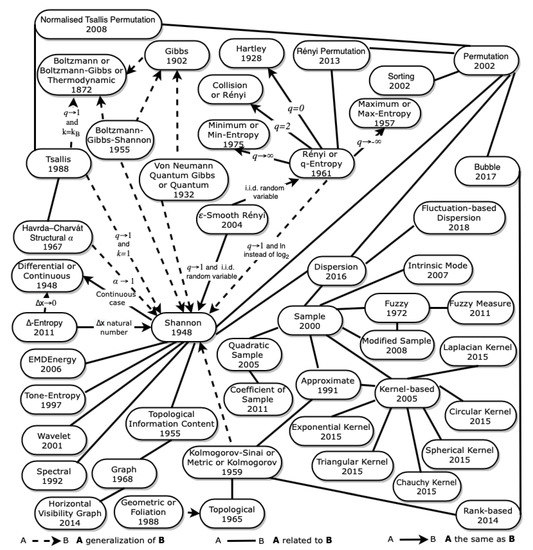

The governing differential equations (Navier–Stokes equation, energy equation) and the turbulence equations are solved using ANSYS Fluent 15.0. This would also be useful in assessing the incidence of postoperative recall of intraoperative events (awareness), which is extremely rare.The present study involves analyzing entropy generation on an infrared suppression system for ocean liners. There is a need to conduct multicenter RCTs with a uniform methodology that are adequately powered to assess the above outcomes, as well as mortality and cost of anesthesia, in participants undergoing surgery under general anesthesia with and without entropy monitoring. This evidence has significant implications for RNs working in the PACU and managing postoperative care. However, three of the studies determined that patients who received entropy monitoring had a shorter length of stay in the PACU. BEST PRACTICE RECOMMENDATIONSīecause of the limited data, there is insufficient evidence to recommend entropy monitoring for general anesthesia over standard practice. Three studies assessed time to readiness to leave the postanesthesia care unit (PACU) and found it to be shorter in the entropy group than in the standard practice group however the quality of the evidence was low.
ENTROPY JOURNAL TRIAL
No trial reported on the secondary outcome of cost of general anesthesia. Analysis of two studies showed that the MD of sevoflurane consumption in the entropy group compared with the control group was −3.42 mL (95% CI, −6.49 to −0.35). Analysis of three studies revealed that the mean difference (MD) of propofol consumption between the entropy and control groups was −11.56 mcg/kg/min (95% confidence interval, −24.05 to 0.92). Among the RCTs comparing the anesthetic agents (intravenous or inhalational) used between groups, six compared the amount of propofol, four the amount of sevoflurane, and one the amount of isoflurane. Awareness was reported by only one patient in the standard practice group, making meaningful estimation of the benefit of entropy monitoring difficult. None of the 11 studies assessed the primary outcome of mortality with the use of the entropy monitor at 24 hours, 30 days, or one year.Īmong the secondary outcomes, eight trials examined postoperative recall of intraoperative events (awareness) in the immediate postoperative period, at 24 hours, one week, and one month. These studies noted a decrease in the entropy group compared with the standard practice group however, the strength of the evidence was moderate. Six of the studies examined the primary outcome of time to awakening (defined as time to extubation in intubated patients, or eye opening in response to verbal commands, or spontaneous movements in nonintubated patients) after stopping general anesthesia. This review included 11 RCTs for a total of 962 participants (two studies involved children ages two to 16). The goal of entropy monitoring is to ensure that patients are given appropriate levels of anesthesia so that recovery is faster. Entropy monitoring involves using electroencephalography-a strip of electrodes applied to the forehead-to assess the depth of general anesthesia in surgical patients. The standard of care by which sedation level is typically measured during surgery is by observing increases in blood pressure, heart rate, sweating, tearing, and movement in response to noxious stimuli. This is a Cochrane intervention systematic review of 11 randomized controlled trials (RCTs). How effective is entropy monitoring in improving the recovery of patients from general anesthesia? TYPE OF REVIEW
ENTROPY JOURNAL PROFESSIONAL
Professional Partners Supporting Diverse Family Caregivers Across Settings.Professional Development, Leadership and Scholarship.


 0 kommentar(er)
0 kommentar(er)
